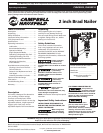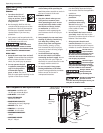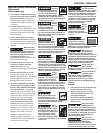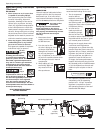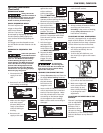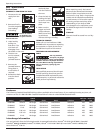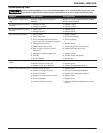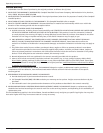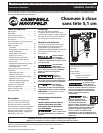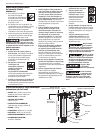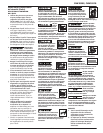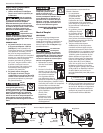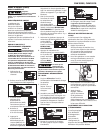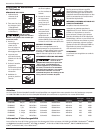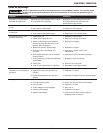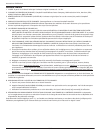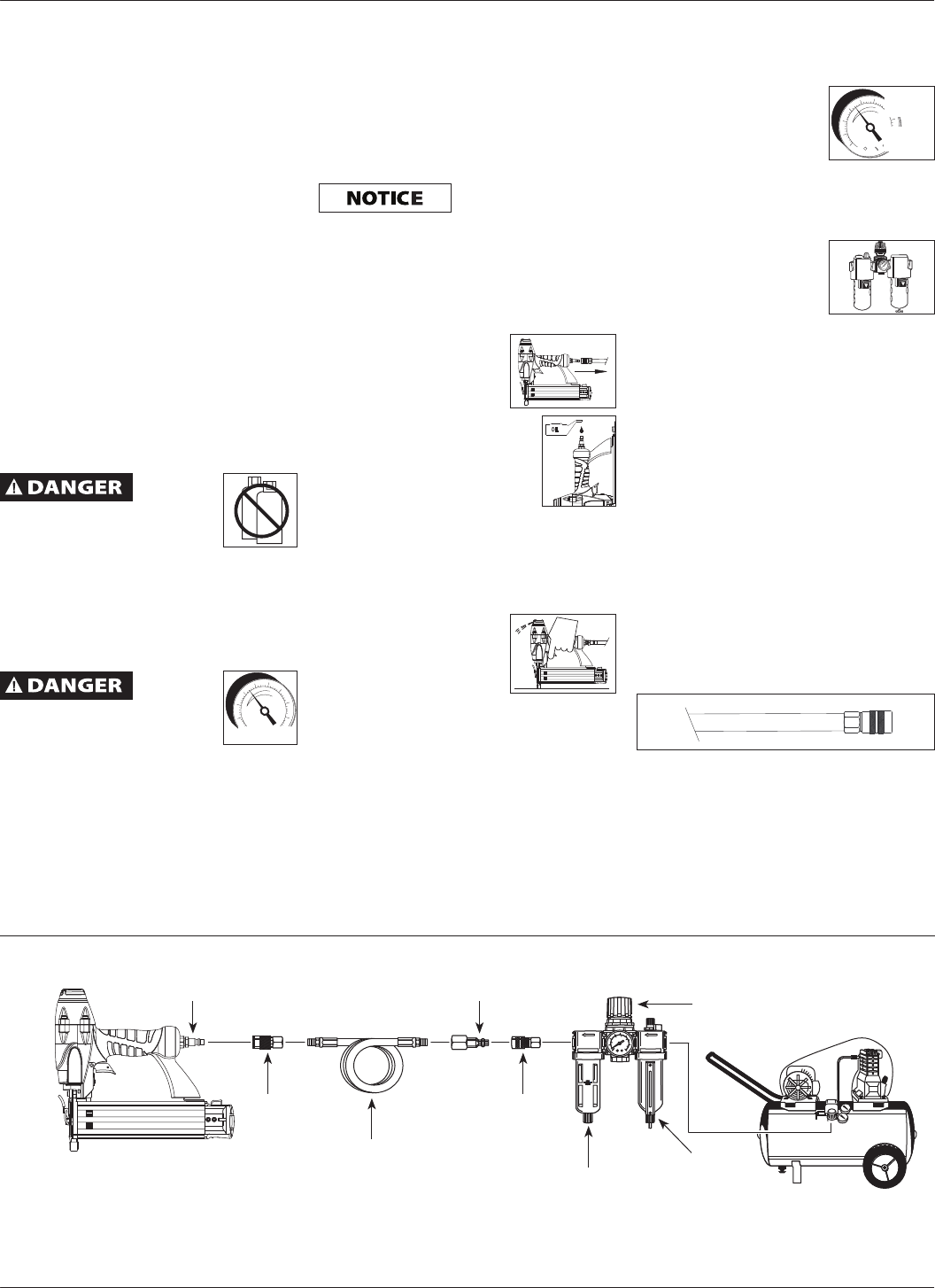
4
Operating Instructions
www.chpower.com
Important Safety Instructions
(Continued)
AIR SOURCE
a. Never connect to an air source that
is capable of exceeding 200 psi.
Over pressurizing the tool is able
to result in bursting, abnormal
operation, breakage of the tool or
serious injury to persons. Use only
clean, dry, regulated compressed air
at the rated pressure or within the
rated pressure range as marked on
the tool. Always verify prior to using
the tool that the air source has been
adjusted to the rated air pressure or
within the rated air-pressure range.
b. Never use oxygen, carbon dioxide,
combustible gases or any bottled
gas as an air source for the tool.
Such gases are capable of explosion
and serious injury to persons.
Do not
use any
type of reactive gases,
including, but not limited
to, oxygen and combustible
gases, as a power source. Use filtered,
lubricated, regulated compressed air
only. Use of a reactive gas instead of
compressed air may cause the tool
to explode which will cause death or
serious personal injury.
Use
only a
pressure-regulated
compressed air source to limit
the air pressure supplied to
the tool. The regulated pressure must
not exceed 100 psi. If the regulator
fails, the pressure delivered to the
tool must not exceed 200 psi. The tool
could explode which will cause death or
serious personal injury.
SAVE THESE INSTRUCTIONS
DO NOT DISCARD
Operating Instructions
LUBRICATION
This tool requires lubrication before
using the tool for the first time and
before each use. If an inline oiler is
used, manual lubrication through the
air inlet is not required on a daily basis.
The work surface
can become
damaged by excessive lubrication.
Proper lubrication is the owner’s
responsibility. Failure to lubricate the
tool properly will dramatically shorten
the life of the tool and void your
warranty.
1. Disconnect the air
supply from the tool
to add lubricant.
2. Turn the tool so the
air inlet is facing up. Place
4-5 drops of 30 W non-
detergent oil into air inlet.
Do not use detergent
oils, oil additives, or air- tool oils.
Air tool oils contain solvents which
will damage the tool's internal
components.
3. After adding oil, run
tool briefly. Wipe off
any excess oil from
the cap exhaust.
RECOMMENDED HOOKUP
The illustration below shows the
recommended hookup for the tool.
1. The air compressor
must be able to
maintain a minimum
of 60 psi when the
tool is being used. An inadequate air
supply can cause a loss of power and
inconsistent driving.
2. An oiler can be
used to provide oil
circulation through
the tool. A filter can
be used to remove liquid and solid
impurities which can rust or “gum
up” internal parts of the tool.
3. Always use air supply hoses with
a minimum working pressure
rating equal to or greater than the
pressure from the power source if a
regulator fails, or 150 psi, whichever
is greater. Use 1/4 inch air hose for
runs up to 50 feet. Use 3/8 inch or
greater air hoses for 50 foot run
or longer. For better performance,
install a 3/8 inch quick plug (1/4 inch
NPT threads) with an inside diameter
of .315 inch (8mm) on the tool and
a 3/8 inch quick coupler on the air
hose.
4. Use a pressure regulator on the
compressor, with an operating
pressure of 0 - 125 psi. A pressure
regulator is required to control
the operating pressure of the tool
between 60 and 100 psi.
OIL
O
CO
2
100 psi
150 psi or greater
60 psi
Min.
100 psi
Max.
Recommended Hookup
Quick Plug
Air Hose
Quick Plug (Optional)
Regulator
Filter
Quick
Coupler
Lubricator
Quick
Coupler
(Optional)



